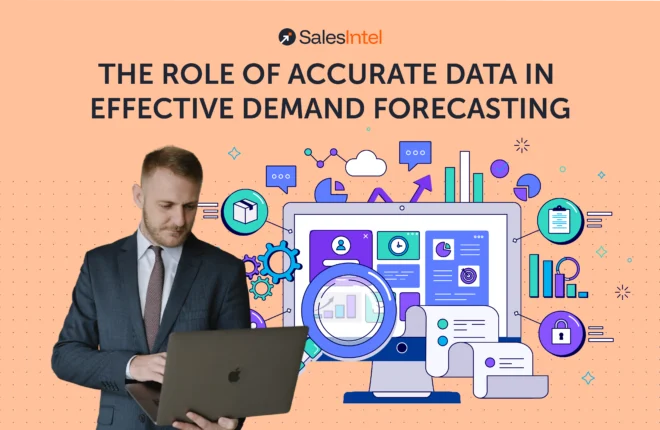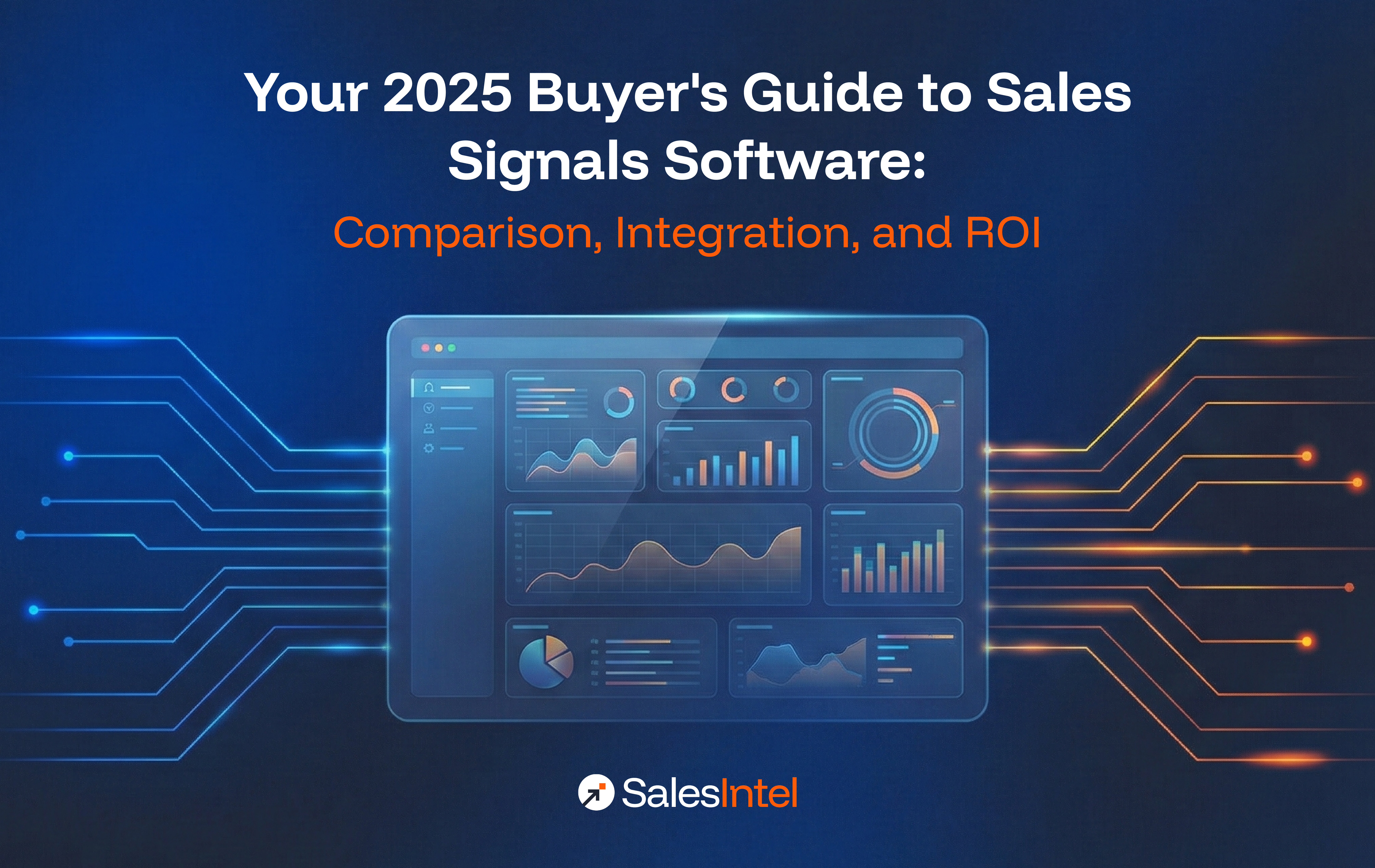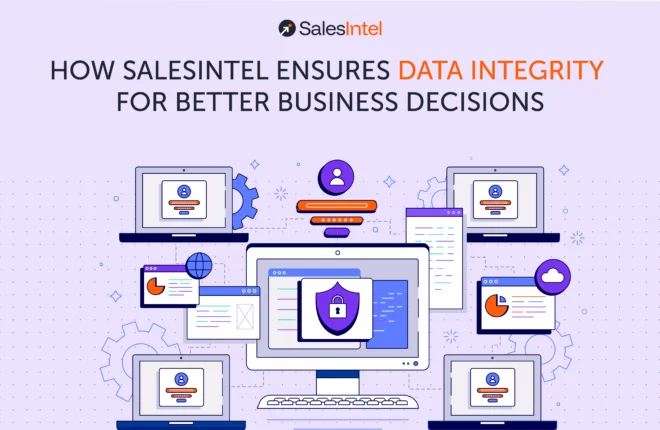Imagine driving blindfolded and hoping to reach your destination. That’s what demand forecasting looks like without accurate data. Businesses rely on demand forecasting to optimize inventory, allocate resources, and drive sales. But if the data fueling these forecasts is inaccurate, the results can lead to overstocked warehouses or, worse, lost sales due to shortages.
Accurate data transforms demand forecasting from an educated guess into a science. It helps businesses predict customer demand with confidence, adjust strategies proactively, and reduce operational risks. In this blog, we’ll explore how accurate data shapes demand forecasting, the key data sources that matter, and the impact of poor data on business outcomes.
Why Demand Forecasting Matters
Businesses thrive on predictability. If you know how many deals you’re close next quarter, you can ensure optimal staffing levels, avoid last-minute scrambling, and improve financial planning.
Effective demand forecasting helps in:
- Better Budgeting and Resource Allocation – Businesses can distribute resources wisely when they have data-driven demand insights.
- Enhanced Customer Satisfaction – Meeting customer expectations without delays improves brand reputation and loyalty.
- Operational Efficiency – Manufacturing, logistics, and marketing teams align better when demand projections are reliable.
- Inventory Optimization – Too much stock ties up capital, while too little leads to missed sales opportunities.
However, all these benefits hinge on the quality of data being used. Garbage in, garbage out—if your data is flawed, so is your forecast.
The Role of Accurate Data in Demand Forecasting
Accurate data serves as the foundation of demand forecasting. Without it, even the most advanced forecasting models will struggle to deliver useful predictions. Let’s break down how precise data contributes to better forecasting.
1. Improves Forecast Precision
Forecasting models depend on historical and real-time data to predict future demand. If the data is outdated or incomplete, forecasts become unreliable. Companies leveraging clean, high-quality data can anticipate demand fluctuations more accurately and adjust their strategies accordingly.
Example: A retailer using AI-driven forecasting models needs real-time sales and inventory data to predict demand during peak seasons. If this data is inaccurate, they might understock a trending product or overstock an item losing popularity.
2. Reduces Forecasting Errors
Forecasting errors can be costly. Inaccurate predictions often lead to overproduction, excess inventory holding costs, or supply shortages. Companies that invest in high-quality data see reduced forecast errors, leading to more efficient decision-making.
Industry Insight: According to a study, companies using data-driven forecasting methods see a 20-50% reduction in forecast errors, directly improving profitability.
3. Enhances Real-Time Decision-Making
Markets are dynamic. Consumer preferences shift, supply chain disruptions occur, and economic conditions change overnight. Real-time, accurate data allows businesses to adapt quickly, rather than relying on outdated reports.
Example: An e-commerce platform using live sales data can adjust pricing, promotions, and stock replenishment based on actual demand instead of past assumptions.
4. Strengthens Supplier and Inventory Management
Accurate demand forecasting ensures businesses procure raw materials and manage supplier relationships efficiently. Manufacturers can streamline production schedules based on precise demand signals rather than gut feelings.
Example: An automotive manufacturer with real-time demand data can adjust production to match regional sales trends, reducing excess stock and minimizing factory downtime.
5. Helps in Identifying Emerging Trends
Data-driven forecasting isn’t just about predicting numbers, it helps businesses spot emerging trends before they peak. By analyzing consumer behavior, market shifts, and external factors, companies can stay ahead of demand instead of reacting too late.
For instance, a B2B SaaS company that offers marketing automation tools uses data-driven forecasting to analyze user behavior across its platform, including search queries, feature usage, and support tickets.
They notice a gradual rise in users asking about AI-driven personalization and increased searches around “AI content recommendations.”
Instead of waiting for competitors to capitalize on this shift, they proactively:
- Launch a beta version of AI-powered features.
- Create targeted campaigns educating users on the benefits.
- Train sales teams to pitch this capability.
By the time the AI trend becomes mainstream, they’re already positioned as a thought leader—and start capturing market share months ahead of slower-moving competitors.
Outcome: Early trend identification helps them stay ahead of customer expectations and outperform the competition.
What Happens When Data is Inaccurate?
Bad data is worse than no data. Here’s how inaccurate data negatively impacts demand forecasting:
- Overstocking & Capital Waste – Poor data leads to excess inventory, tying up cash that could be better used elsewhere.
- Stockouts & Lost Revenue – Underestimating demand means customers don’t get what they need, and sales are lost to competitors.
- Misaligned Marketing & Sales Efforts – Marketing teams base campaigns on faulty forecasts, targeting the wrong audience at the wrong time.
- Supplier Disruptions – Manufacturers place inaccurate orders, causing delays and inefficiencies across the supply chain.
In many cases, inaccurate forecasting stems from missing or corrupted datasets. If the problem lies in lost or damaged storage, knowing how to recover data from SSD drive can be crucial to restoring critical business information before it disrupts operations.
Key Data Sources for Accurate Demand Forecasting
To improve demand forecasting accuracy, businesses should pull data from multiple reliable sources, including:
- Historical Sales Data – Past sales trends provide a strong foundation for predicting future demand.
- Market & Industry Trends – Economic conditions, competitor actions, and consumer sentiment all impact demand.
- Customer Buying Behavior – Website analytics, search trends, and purchase history offer insights into future demand.
- Supply Chain Data – Supplier lead times, logistics updates, and inventory levels help create more realistic forecasts.
- External Factors – Weather patterns, geopolitical events, and new regulations can all impact demand.
Integrating these data sources into a forecasting model ensures businesses make decisions based on facts, not just intuition.
Conclusion: Accurate Data, Smarter Forecasting, Better Business
Accurate Data, Smarter Forecasting, Better Business
Demand forecasting is only as good as the data behind it. When businesses rely on precise, real-time, and well-integrated data sources, they turn forecasting into a competitive advantage.
With accurate data, companies can make proactive decisions, optimize inventory, reduce costs, and enhance customer satisfaction. Without it, they risk miscalculations that hurt their bottom line.
The choice is simple: invest in data accuracy today, or deal with forecasting failures tomorrow.
Curious how we help companies stay ahead with accurate B2B data?
Listen to some of the GTM leaders and learn how they shifted from a scattered approach to a clear growth approach.




